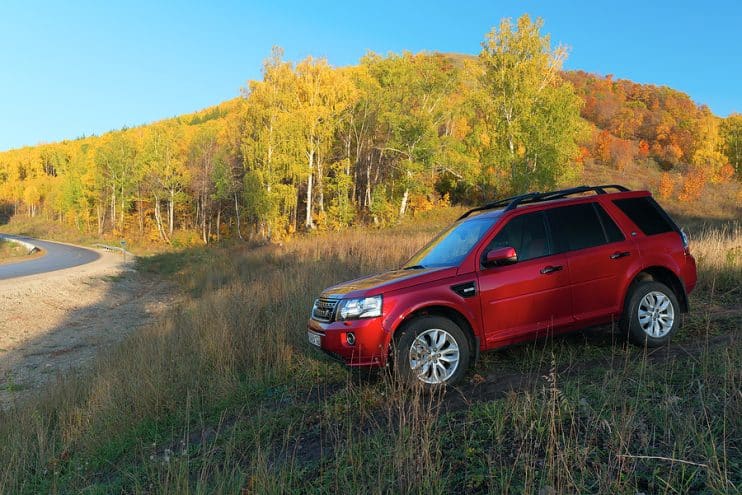
The Land Rover Freelander is a great car to own. Cuts a fantastic silhouette on the road. Gives you status and turns heads. But what about when it comes to reliability? No amount of clout is going to overshadow persistent mechanical niggles and failures.
If you purchase a second hand model, then what can you expect: consistent performance or ongoing trouble? And whilst no car is free from any problems – are the standard issues easy to resolve with new or used Land Rover Freelander parts, or are you likely to see your car out of action?
Table of contents:
- What are the common problems with a Freelander?
- Why did Land Rover discontinue the Freelander?
- Is the Land Rover Freelander reliable?
What are the common problems with a Freelander?
Amongst the most commonly reported problems are suspension and steering tracking alignment issues, causing excessive and uneven wheel alignment, which shows up as uneven and premature tyre wear. Anti-roll bars are also especially prone to wear, so pay attention to imprecise handling during the test drive as this may be the culprit.
Some of the other main issues with the car are as follows:
Power steering
When out on the road listen for a whining sound. This tell-tale noise is usually an early sign that the power steering pump is getting on in life and may not have too long left before requiring replacement. Also ensure that the wheel can fully turn from left to right. Any impediment in this motion means that there could be an issue with the steering rack.
Sunroof
Issues with the sunroof have been reported. Problems with the roof jamming were widely found on models created in a period from 1997 to 2005 and later models were found to have issues with the seal that leads to water ingress. Open, close and inspect the sunroof before or after you take it out on the road and look for tell-tale patches of water damage around the sealed edges of the unit.
Handbrake
If you are looking at an old Freelander (built between 1997 and 2003) then there’s a chance a loose ratchet could impact the effectiveness of the handbrake. Try parking on a slight incline, and make sure the car holds position before you buy. Additionally, with later models ensure that the electronic brake works and check that the pads are not scored.
Freelander bodywork
Believe it or not the Freelander is a soft-roader, with only low ground clearance. Get under the car and scope out the bodywork to make sure there are no big gashes or scrapes on the underside of the vehicle. Be wary of cars housed and driven frequently near the coast as these models could suffer from salt damage.
Some cars will have rock plates fitted – so check that these are still well attached to the chassis. And it never hurts to give those bumpers and side panels a quick inspection, as these add to the sell on value of this car.
Suspension
During your test drive, clonking sounds from the rear end often mean that the rear differential bushes are overly worn and a knocking sound coming from the front are an indicator that the track rod ends, lower swivels or top strut mounts could be suffering from part fatigue. Additionally, a metallic noise when driving off road or on bumpy surfaces points to issues with the mass damper on TD4 models.
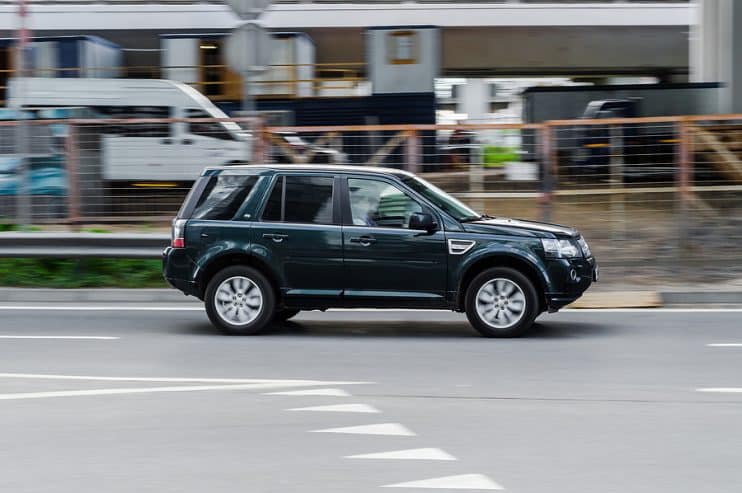
Engine
There are several problems that you might find in the engine of a second hand Freelander. Be aware of the following potential problems:
- The TD4 engine – if the Freelander has this BMW engine, then it’s rated as a strong option. However, you need to be aware that some of the major issues with this engine, including rough idling, difficulty starting, faulty fuel pressure sensors and fuel injectors and the wrong turbo pressure.
- K Series – pop the bonnet open on a potential K-Series purchase and check there’s no oil in the coolant reservoir, or whitish residue under the oil filler cap as both are sure signs there are problems with the head gasket – a costly part to fix if it goes wrong and issues with it can lead to more severe problems in the engine.
- Early Freelanders – could have trouble with the wiring harness, which controls the distribution of power to many important systems. Try everything electric on that test drive, including anti-lock braking and the ignition.
Transmission
Keep one ear open for groaning and creaking sounds coming from the gearbox, as you push the car on the open road (you might have to take the car on the dual carriageway for this one – and be insistent) because this is a big indicator the part might not have long left. If you purchase a car with a faulty transmission, then there will be a lot of grief in your future.
Windows issues
Check all the electric windows around the car as the systems are known to fail over time. This is especially true of the rear windows where a regulator cable can cause the window to drop around an inch below the rubber seal.
Why did Land Rover discontinue the Freelander?
Despite it’s good looks and strong off-road capabilities the Freelander was discontinued in 2014. Even though it was the first Land Rover model to be available in front wheel drive, it did not raise flagging sales. Part of the reason for the poor uptake of the car was a bad reputation for reliability. Many owners were not happy with their purchase and word of mouth and reviews eventually meant that many saw the car as a risky choice leading to the manufacturer replacing it with the Discovery Sport.
Is the Land Rover Freelander reliable?
With all the information we’ve supplied to you – you may be forming a picture of the Freelander as a poor choice of second hand vehicle. However, many owners also report years of unbroken service out of the car, whilst others have had problems from the get-go. The truth is that as with anything second hand, due diligence has to be a main concern prior to purchase. Do all your homework, check the owner’s manual and car log for records of repairs and always err on the side of caution before parting with your money.
The availability of quality Land Rover parts means that even if issues arise, keeping a Freelander roadworthy is far from impossible, provided you buy smart.


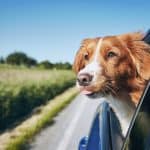
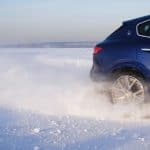
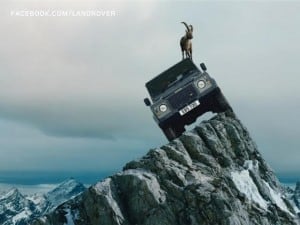
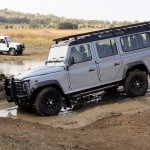
.png)